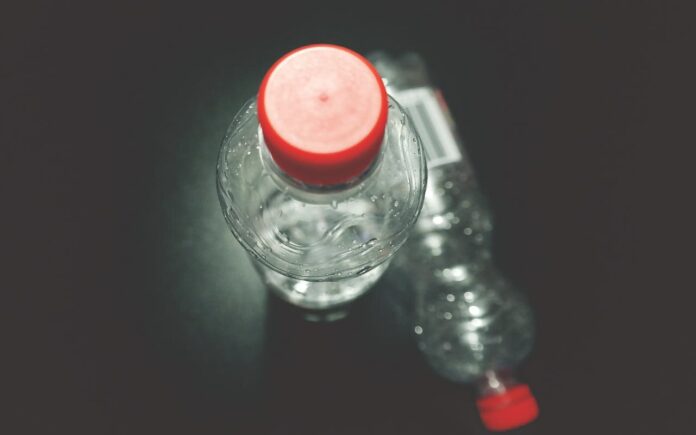Currently, hydration tech is mostly comprised of an immature group of technologies and user interfaces. The good news is that hardware and software platforms for building hydration-sensing systems are becoming more hackable. This means undergraduate and graduate engineers (and entrepreneurs) can prototype new devices easily and gear them to targeted user groups.
For example:
- Last December, a smart pacifier invented by Tokyo University students won 3rd place at the Health++ Stanford hackathon. The tech monitored babies’ hydration by sensing humidity levels near the lips.
- In February, undergraduate electrical and mechanical engineers at Carnegie Mellon University prototyped a hydration monitor for relief workers at the school’s Innovation Palooza student competition.
Optimizing individual hydration involves many, many contextual and personal co-factors. Incorporating those cofactors increases the degree of difficulty for experiments and prototypes.
Temperature is a critical cofactor. Heat has vectors that change in ambient air, in relation to physical objects, at skin surface and inside the body’s core. Temperature affects sweat rate and bears directly on hydration. But heat stress at high temperatures is its own health danger, even during adequate hydration. Packaging temperature- and hydration-sensing hardware together makes sense in the use cases set in hot or sweaty environments.
Other cofactors are salt and food intake, altitude, sweat rate, percentage of salt in sweat, adiposity, and age. Each presents an opportunity to add data points that present a more detailed representation of an individual’s hydration state.
As experimentation on hydration sensing increases, it should lead to greater innovation in beverage products. In recent years, “smart water” has conditioned the consumer market in the U.S. to expect a premium product. Smart water products like glacéau’s smartwater and vitaminwater are main contributors to a nearly $3B market.

At the Sports Innovation Lab, we’ve identified a variety of hydration companies that produce or use technology to design, implement, and measure hydration levels for athletes:
- Aydrate: clip-on sensor for hydration bags that measures water consumption.
- Bellabeat: develops smart water bottles to track hydration.
- Graphwear Technologies: non-invasive nano-wearable patch that collects biochemical data (i.e. hydration, glucose, and lactic acid).
- H20Pal: smart bottle that automatically tracks your water intake and syncs data with your smartphone.
- Hidrate Spark: smart bottle that tracks your water intake, glows to remind you to drink, and syncs via Bluetooth to a hydration app and other connected fitness devices.
- Kenzen: smart patch measures perspiration, hydration, electrolyte levels, and skin temperature.
- LVL: fitness band that measures hydration and other activity metrics.
- Mode Sensors: develops a non-invasive wearable device that monitors hydration, specifically designed for healthcare purposes.
- Nix: single-use, wearable hydration biosensor for endurance athletes.
- Nobo: wearable device that measures an athlete’s fluid and hydration levels.
- Ozmo: smart bottle records water consumption and tracks daily progress via mobile app.
- Thermos: connected bottle with smart lid monitors water intake and communicates to a connected device via Bluetooth technology.
- Sixty Hydration Monitor: measures hydration level through 4 tiers of feedback monitoring.
- Splash Hydration: MIT-developed wearable wristband sensor that uses Bluetooth-like waves to monitor hydration.
- Sukhoi: an aviation company that manufactures the SportJet, a full-scale aircraft that features a smart toilet designed for sports teams like the New England Patriots.
Analysis
Hydration detection technology is a newly emerging market. There is large demand in the sports community as well as many others. This demand has resulted in many (successful or not) products to detect or monitor hydration for the user. Each product is a good showing of what worked technologically versus the few that work as a means of recording water intake for the user to analyze and determine a solution for themselves. I thought the mention of SmartWater as an example of hydration technology was also a notable addition. This article outlines temperature as a critical factor for detecting hydration, as well as the effects of food intake on the measurable hydration. It is important to recognize what has worked in the past at detecting hydration even in the case of food packaging and other non human contexts.
Source:
Sports Innovation Lab. (2021, June 29). Hydration Tech is still in the lab. Sports Innovation Lab. Retrieved August 23, 2022, from https://www.sportsilab.com/blog/apkqonpkaxpidjho9zyhv6zpls0u2q




